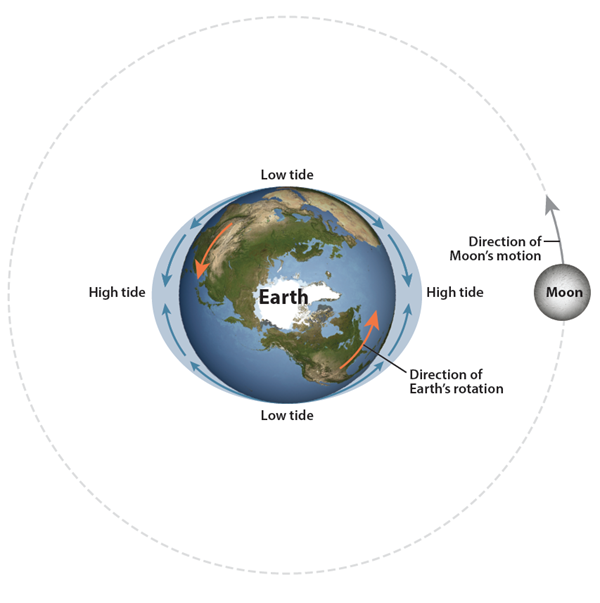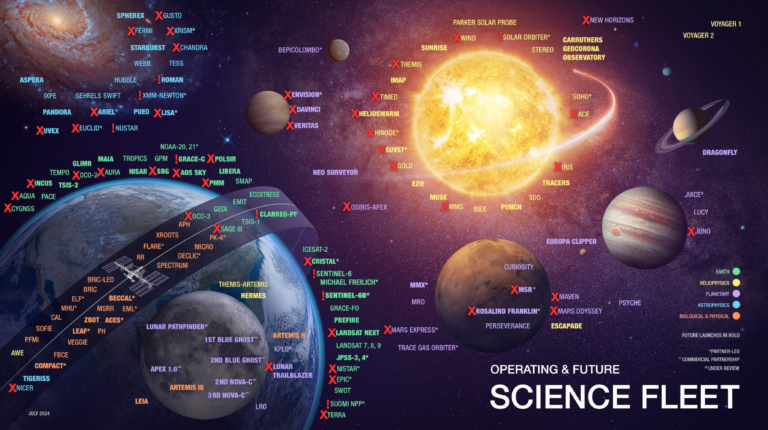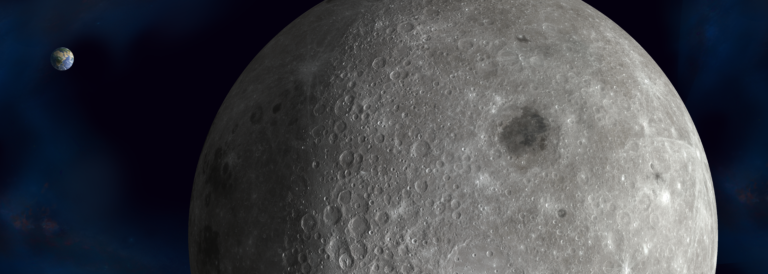The Sun also influences tides on Earth, though its effect is slightly less than half as strong as the Moon, due to its greater distance. During the Full and New Moon phases when Earth, the Moon, and the Sun are aligned, these gravitational interactions reinforce each other. This gives us the highest high tides and lowest low tides (called spring tides). During the First and Last Quarter Moon, the tidal forces from the Sun and Moon are working in different directions, leading to smaller tidal bulges (neap tides).
Tides are even more complex than this; not all places on Earth have two equal high and low tides per day (called semidiurnal tides). Some places, such as the Gulf of Mexico, only have one high and one low tide per day because the surrounding landmasses prevent the free flow of water throughout the globe. As a result, more complex patterns occur in particular regions.
Loundonville, New York










